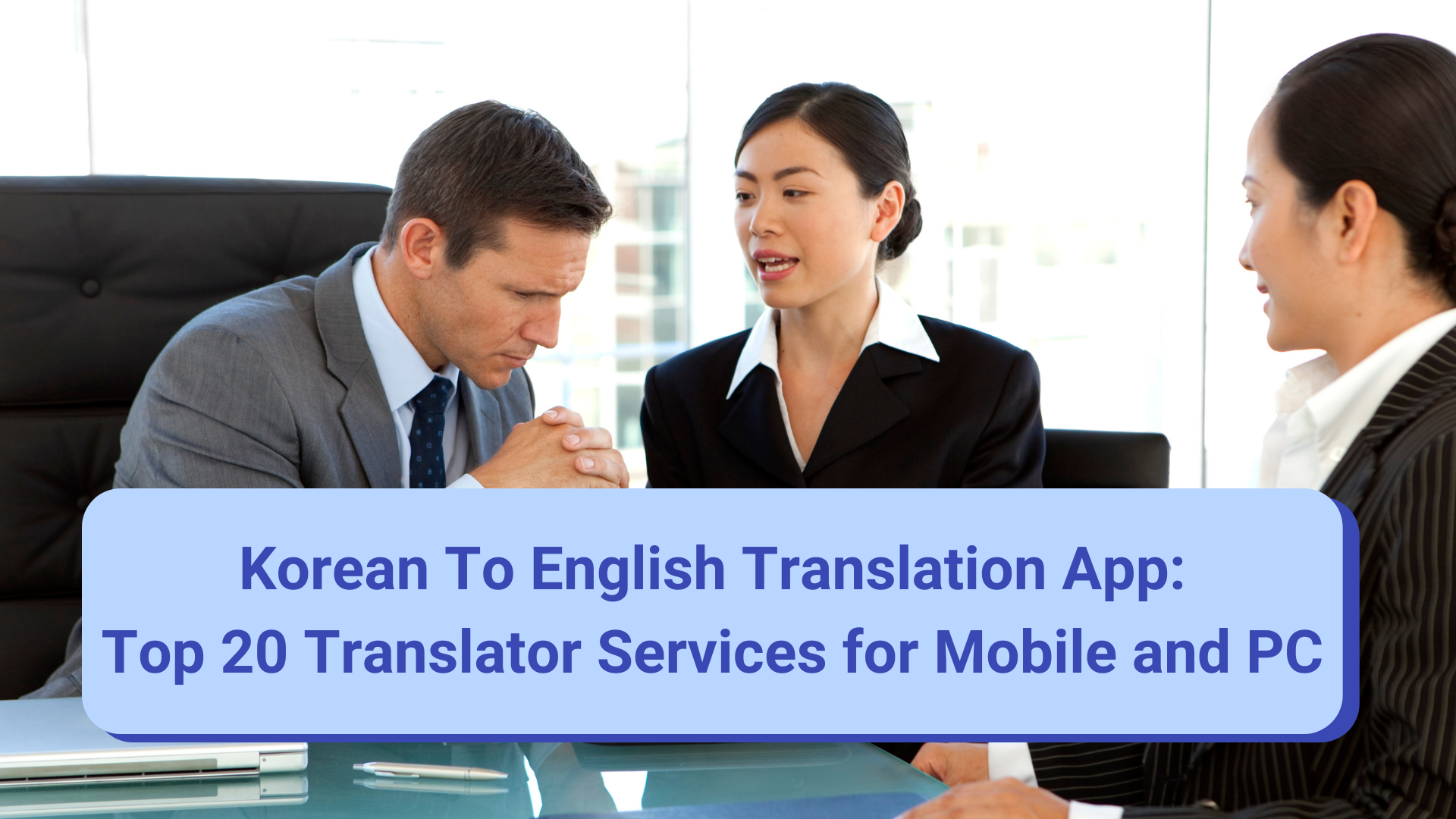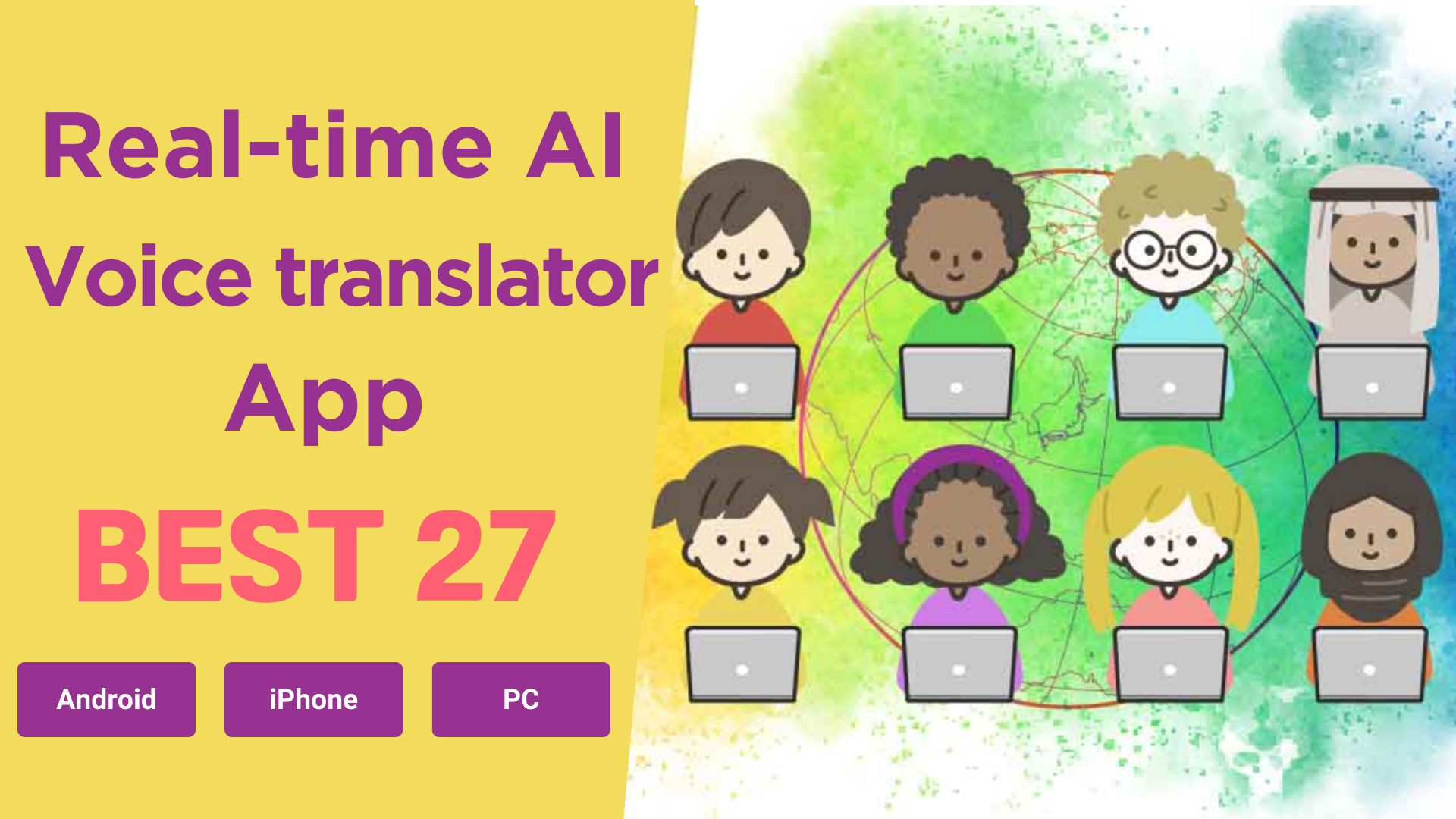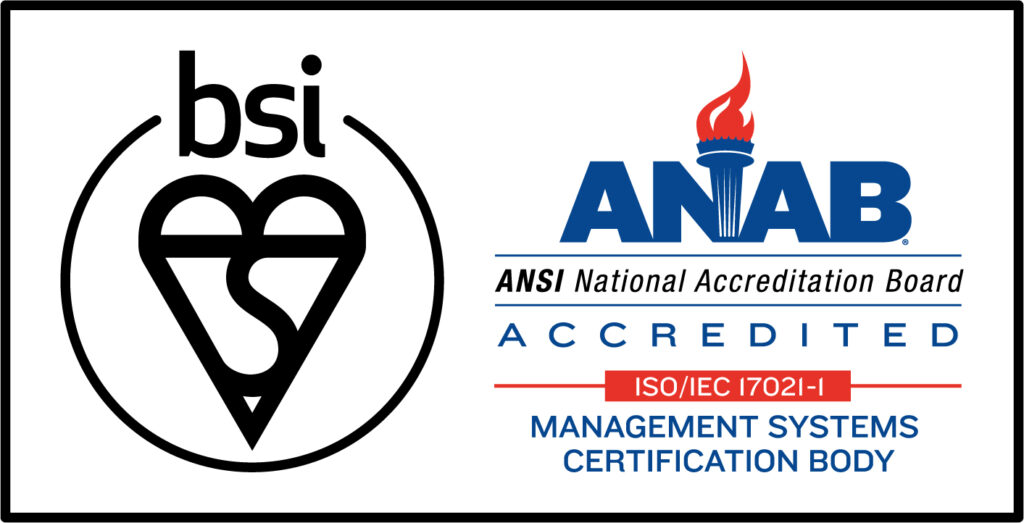Hello, I’m Daiki, an engineer at VoicePing.
I attended TechCrunch Disrupt 2024 held in San Francisco from October 28th to 30th. Many startup founders and investors from around the world participated, and I learned a lot, so I’d like to share my experience at this event.
What is TechCrunch Disrupt 2024?
TechCrunch Disrupt 2024 is a major tech event with over 10,000 participants, of which about 50% are from startups, and approximately 1,200 investors attend to discover the next wave of innovation. The event features not only startup booths but also over 100 sessions and roundtables where you can hear from leading industry leaders and investors. Some sessions allow Q&A with investors and speakers, providing opportunities to discover new ideas and resolve questions to move forward. There are six stages – AI, Builders, Disrupt, SaaS, Fintech, and Space – where you can listen to discussions on industry-specific topics. While questions weren’t really possible at these stages, the topics were all cutting-edge and very interesting. Additionally, there are Side Events hosted by event partners, offering various formats like networking sessions, parties, and workshops during Disrupt Week.
Arriving at the Venue
When I first received my entry badge, I noticed an interesting button. When two people press this button simultaneously, it sends information like names, company names, positions, and email addresses to a mobile app – essentially exchanging digital business cards that allow for post-event networking through platforms like LinkedIn. The event also had dedicated networking booths, highlighting how much emphasis U.S. places on building professional networks. This is particularly important for startups seeking funding or partnerships in the U.S. – networking might even be the primary purpose for most attendees.
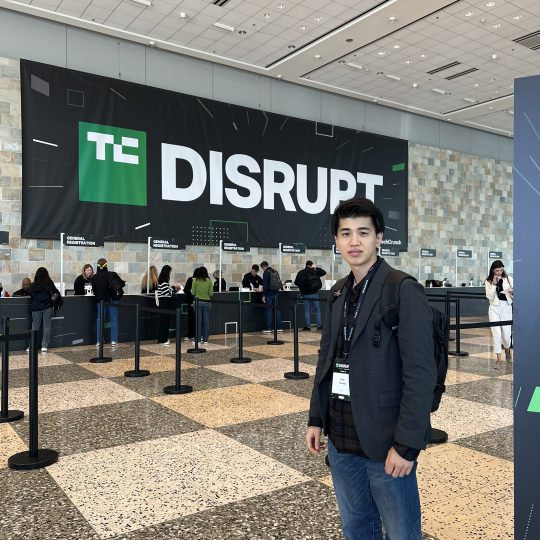
Move to Startup Booths
Next, I headed to the startup booths. The event featured over 200 booths across various categories including IoT, Fintech, Edtech, and HR, with dedicated corners for different countries including Japan and Korea.
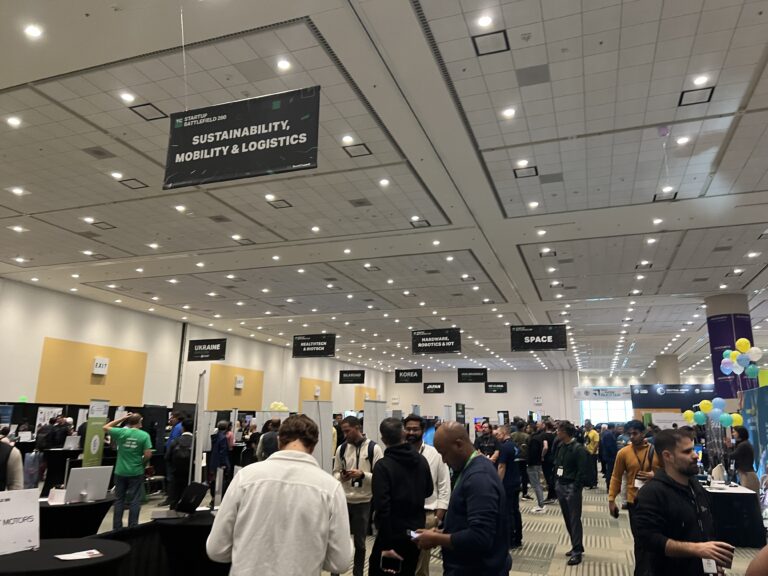
First, I found katmai, a startup providing virtual office solutions. While VoicePing also offers virtual offices, katmai’s UI differed by providing a 3D experience that simulates walking through an actual office. However, while it offered basic features like screen sharing, the detailed functionality seemed somewhat basic.
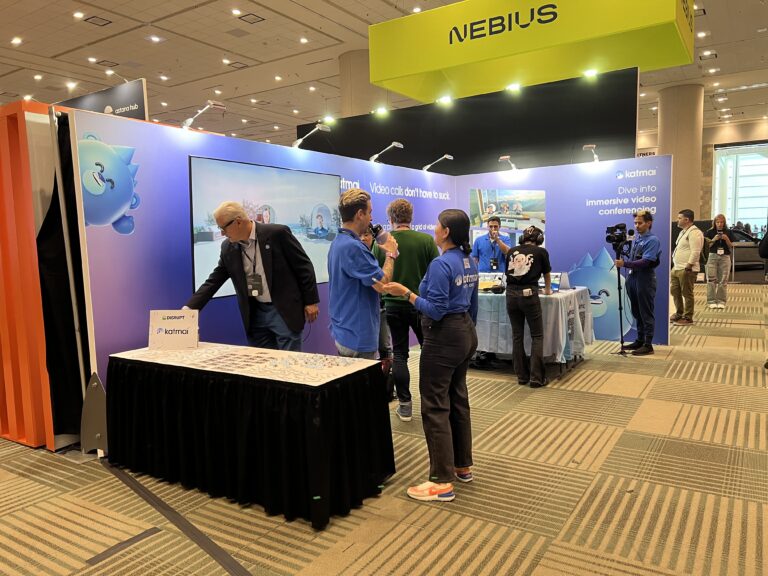
I also saw LAND BASE, a startup that developed the GTM-1 Omni, supposedly the most powerful AI action model, which they demonstrated through an AI robot. The robot showed very realistic blinking and eye movements, giving the impression of being a highly sophisticated humanoid robot.
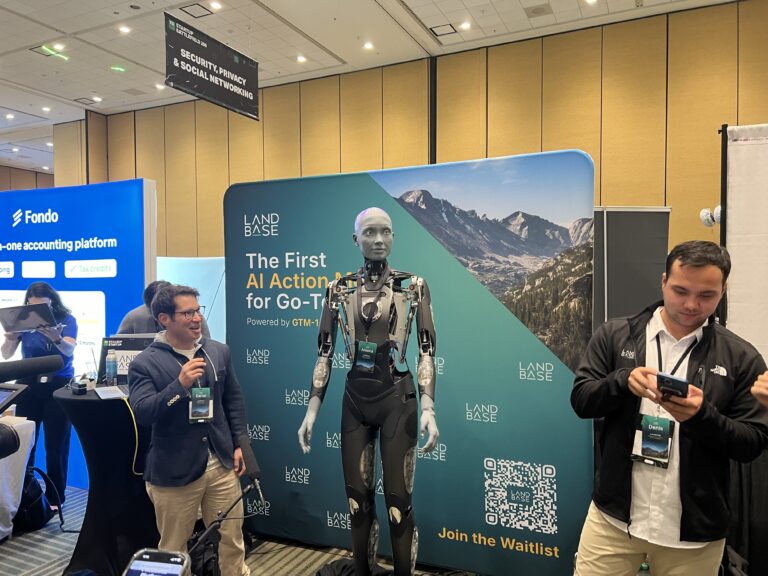
Reflecting the recent AI trend, it seemed about 80% of startups were showcasing products that incorporated AI in some way.
Attend Sessions
I attended several stages and sessions, here are some highlights:
At the Fintech stage, discussions centered on stablecoins’ impact and their role in the future financial environment, particularly in cross-border payments and emerging markets. They projected stablecoins would increasingly replace traditional payment systems like SWIFT, estimating annual transaction volumes of about $5 trillion, with $40 trillion in the B2B market. The presentation emphasized encryption’s original purpose was to eliminate intermediaries and improve efficiency, rather than just securing information – something I learned for the first time.
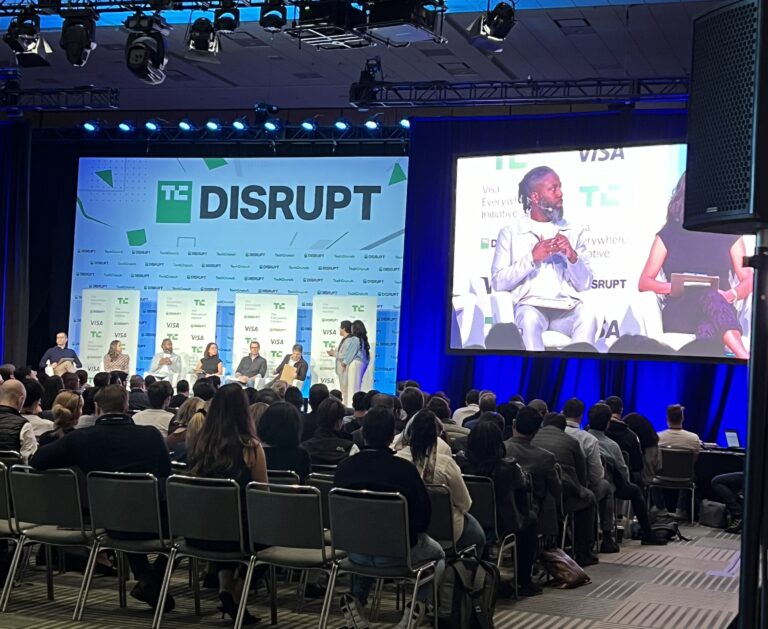
I also attended a Breakout Session titled “The Art of the AI Pitch: Winning Over Investors in 2025” featuring a moderator, two investors, and an entrepreneur. They predicted AI-related businesses would grow from 27% to 37% of the global market. The discussion covered essential pitch deck elements, noting investors typically spend only 30 seconds reviewing them. They emphasized the importance of simple business models, clear problem-solution statements, balanced teams with technical and customer-facing expertise, and crucially, the “Why now?” factor, as timing is often more critical than the idea itself for rapid business growth.
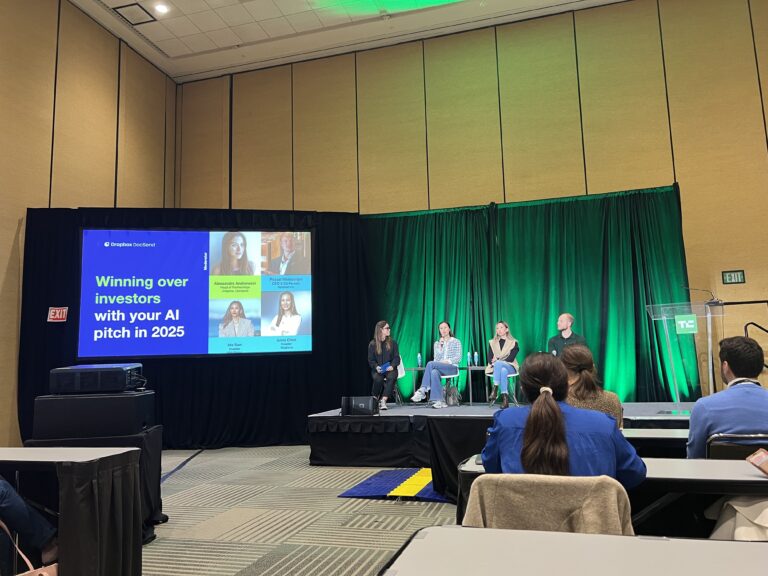
There were many other interesting presentations, including discussions about AI Agents.
※Notes
Side events, sessions, and roundtables have limited seating and require advance registration. Popular events fill up quickly, so early planning is essential.
Though my English isn’t perfect, I used VoicePing’s mobile app for real-time transcription and translation to follow along. The app also provides automatic summaries after presentations. VoicePing supports 43 languages including Japanese, Chinese, Spanish, French. You can use it free for 60 minutes from here or visit VoicePing’s website to learn more or try it out.
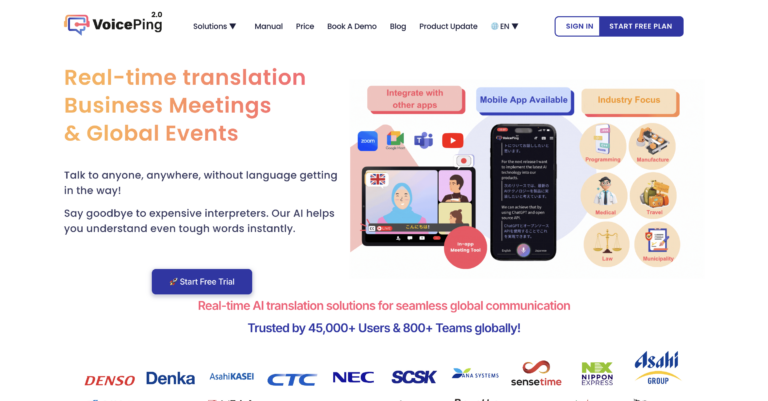
Summary
TechCrunch Disrupt 2024 proved valuable both for understanding the latest technology trends and networking opportunities. The prevalence of AI technology and the vibrant investment environment were particularly impressive. It was also a valuable opportunity to experience firsthand the importance of networking in the American startup ecosystem.
Currently, VoicePing is recruiting AI Engineers and Web Development Engineers. If you’re interested in working with cutting-edge language models, developing high-performance speech recognition and translation models, or designing, developing, and operating complex, high-performance web applications, please feel free to contact us.



